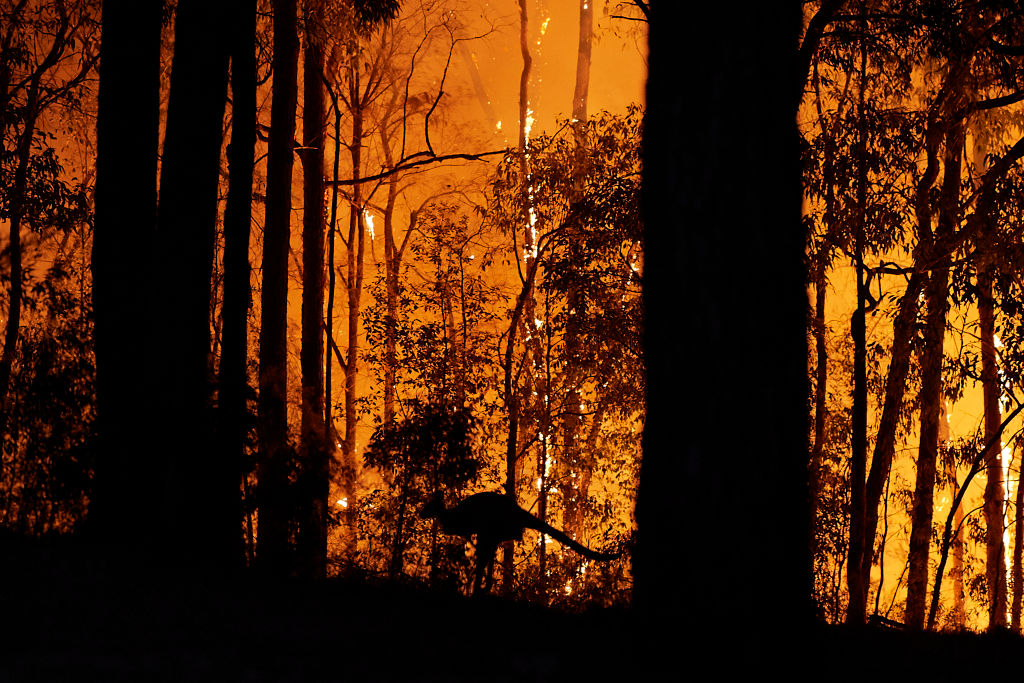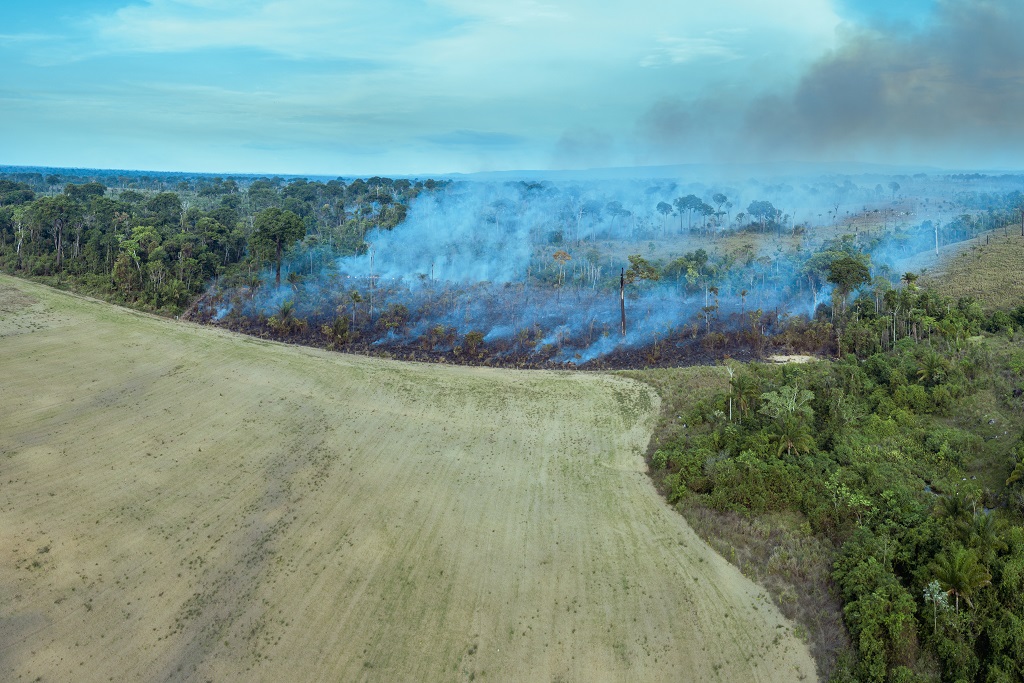Wildfire relief efforts for animals in Los Angeles
Blog
Learn how together with our local partners, we are providing rescue, care and relief for wildlife and companion animals affected by the Los Angeles wildfires.

For over half a century, World Animal Protection has been a beacon of hope, saving countless animals from the brink of disaster. But we recognize that to create lasting change, we must address the root causes of these crises.
For more than 50 years, we have moved fast to protect animals affected by earthquakes, fires, floods, droughts, typhoons and other disasters. Our leadership in disaster risk reduction has empowered governments and communities worldwide to act preemptively, reducing harm.
As we've confronted these challenges head-on, a troubling trend has become clear: disasters are intensifying.



 Photo: Brett Hemmings/Getty
Photo: Brett Hemmings/Getty
Our planet is witnessing a surge in the frequency and intensity of disasters, with climate change being a significant catalyst. Alarmingly, the factory farming industry stands as a dominant force accelerating this change. In addition to the animal suffering they create, they produce vast amounts of greenhouse gases. Factory farms magnify risks, endangering animals, destroying habitats, and jeopardizing communities.
 Photo: PARALAXIS/Shutterstock
Photo: PARALAXIS/Shutterstock
A staggering 80% of all global land-use shifts can be attributed to agriculture. Dive deeper, and you'll find that most of this encroachment is being used to grow expansive crops designed for animal feed. As factory farms multiply, they intensify this strain on natural resources demanding even more land for feed crops.
Blog
Learn how together with our local partners, we are providing rescue, care and relief for wildlife and companion animals affected by the Los Angeles wildfires.
News
Exploring the causes of the largest agricultural disaster in British Columbia’s history and the urgency for animal welfare focused and climate-resilient farming practices.
News
This year the wildfires in Brazil have reached 261,000 hectares, exceeding the historical average. We are working with local partners to help and protect the lives of wild animals that are suffering.